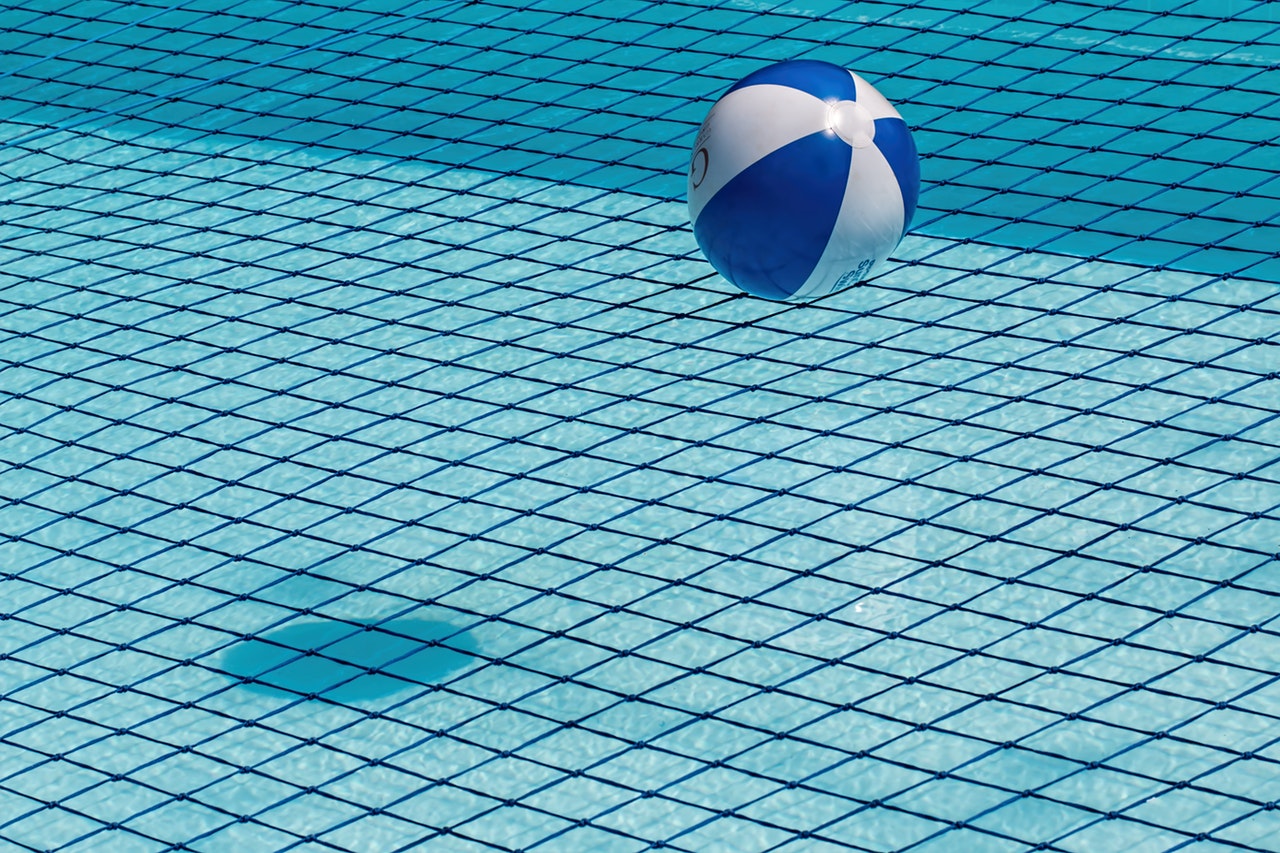If you have a concrete or plaster pool keep the level between 200 ppm and 275 ppm.
Does calcium hardness matter vinyl pool.
If your pool has a vinyl or fiberglass liner the calcium hardness level should be between 175 parts per million ppm and 225 ppm.
Calcium hardness is also very important to the chemical balancing of your vinyl liner swimming pool.
Calcium on the low and high end of the scales will eventually cause problems and when they do be ready for some serious problems.
An edited version of this article originally appeared in the summer 2007 issue of the edge a publication of the northeast spa pool association.
Calcium hardness has a bad reputation and that reputation is undeserved.
When people see calcium scale or plaster problems that are white in color they immediately assume it s calcium s fault.
A low level can result in foaming which is unpleasant but shouldn t harm the liner.
If calcium hardness goes above 400 ppm you will likely see a white flaky crust on the liner and pool equipment.
Low calcium levels in the pool.
The recommended range is 150 400 ppm parts per million with an often cited stricter range of 200 400 ppm.
Calcium for a liner pool can be a bit lower than a plaster pool in the range of 150 250 ppm.
It also produces itchy skin.
Fortunately calcium hardness changes rather slowly so a once a month testing and adjustment should be all you need.
For vinyl pools calcium should be between 150 250 ppm.
Keeping your calcium hardness in the midpoint.
If a vinyl liner s calcium level is too low this soft water situation could lead to foaming and other water problems and can harm the vinyl.
The ideal reading for calcium hardness in pool water is about 200 to 400 parts per million.
Calcium hardness must be actively managed along with ph and total alkalinity to keep water in proper chemical balance.
Low calcium as is often the case will cause long term serious damage especially to plaster vinyl liners grout in between tiles metal rails and even concrete decking around the.

